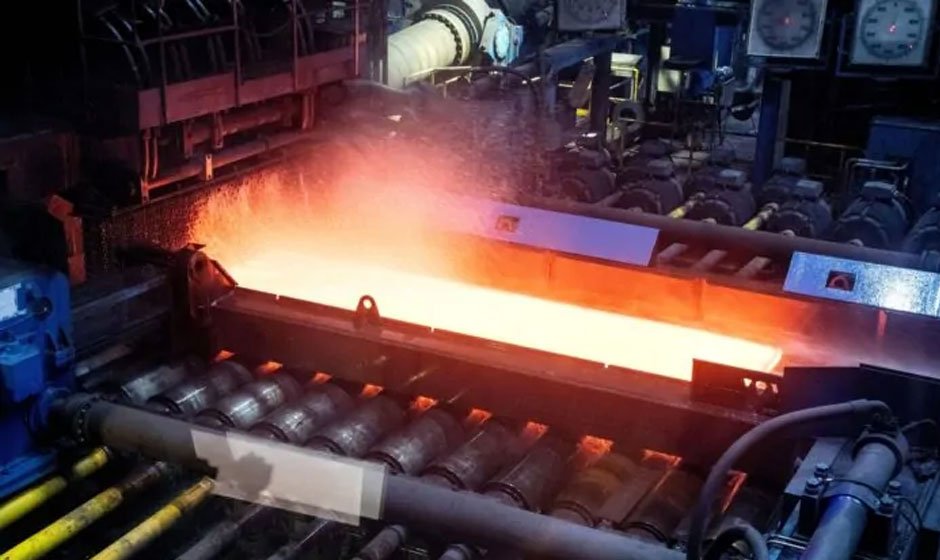The Art and Science of Metal Fabrication in Industrial Manufacturing

Metal fabrication is a cornerstone of modern industrial manufacturing, encompassing a wide range of processes that transform raw metal materials into finished products. It’s both an art and a science, combining technical expertise, creativity, and precision to produce components and structures that drive industries worldwide. In this article, we’ll explore the fascinating world of metal fabrication, its techniques, applications, and the vital role it plays in various sectors.
The Basics of Metal Fabrication
Metal fabrication is fundamentally focused on shaping, cutting, and assembling metal materials to create a specific product or structure, ranging from simple tasks like cutting metal sheets to complex processes such as welding intricate components for aerospace applications. The primary stages involve designing and planning using computer-aided design (CAD) software, considering factors such as metal type, thickness, and dimensions. Material selection is crucial, with common choices being steel, aluminum, copper, and stainless steel. Cutting methods involve techniques like laser cutting, plasma cutting, or waterjet cutting for precision. Forming and shaping include processes like bending, rolling, or forging metal using press brakes, roll-forming machines, or hydraulic presses. Welding and joining methods like MIG welding, TIG welding, or spot welding are essential for sturdy connections in structural applications. Machining processes refine details through drilling, milling, and turning to meet precise specifications. Finally, finishing techniques include sandblasting, powder coating, or painting to enhance the product’s appearance and durability.
Applications of Metal Fabrication
Metal fabrication is crucial in numerous industries, each with distinct requirements and applications, including automotive, aerospace, construction, energy, electronics, and healthcare. In the automotive sector, it serves as the backbone for manufacturing vehicles and their components; while in aerospace and aviation, lightweight and robust parts for aircraft and spacecraft are produced. Construction and architecture utilize metal fabrication for aesthetic and structural purposes, such as steel structures and metal roofing systems. The energy industry relies on it for creating power plants, pipelines, wind turbines, solar panels, and hydroelectric facilities. Electronics and technology often require precision metal fabrication for electronic enclosures and intricate designs. Lastly, the healthcare sector employs metal fabrication to create medical equipment, prosthetics, and specialized instruments that meet stringent hygiene and safety standards.
The Role of Technology in Metal Fabrication
Technological advancements have revolutionized metal fabrication, where Computer Numerical Control (CNC) machines have notably impacted precision, speed, and complexity. The industry has evolved through the use of CNC machines for accurate metal cutting, drilling, and milling; the introduction of 3D printing for creating intricate and customized metal components; the implementation of robotics and automated systems to enhance efficiency; the utilization of advanced software for simulating and modeling fabrication processes to optimize designs and minimize waste; and innovations in materials science leading to advanced alloys and composites with superior strength, corrosion resistance, and weight savings.
Challenges and Trends in Metal Fabrication
Technology has undoubtedly spurred numerous enhancements in metal fabrication, simultaneously giving rise to challenges and prospects. The growing significance of sustainable practices has led manufacturers to seek eco-friendly methods for reducing energy use, waste, and emissions. For example, mild steel, a versatile and commonly used metal in various fabrication processes, remains a fundamental choice for its cost-effectiveness and suitability in many industrial applications. With automation prevailing, a demand for skilled technicians and engineers to operate and maintain advanced machinery arises. Technological advancements have also facilitated cost-effective production of customized and small-batch products, catering to niche markets and personalized needs. Adhering to rigorous quality standards is essential in industries like aerospace and healthcare, prompting fabricators to invest in quality control and testing measures. Meanwhile, global events such as the COVID-19 pandemic have exposed supply chain vulnerabilities, inducing manufacturers to reassess their supply chains for resilience.
Metal fabrication is both an art and a science, blending technical expertise with creative design to produce essential components and structures across various industries. Advancements in technology, from CNC machining to 3D printing, have transformed the field, enabling greater precision and customization.
As the world places an increasing emphasis on sustainability and quality, the metal fabrication industry is evolving to meet these demands. By embracing eco-friendly practices, investing in a skilled workforce, and staying at the forefront of technological innovation, metal fabricators will continue to play a vital role in shaping the future of industrial manufacturing.



